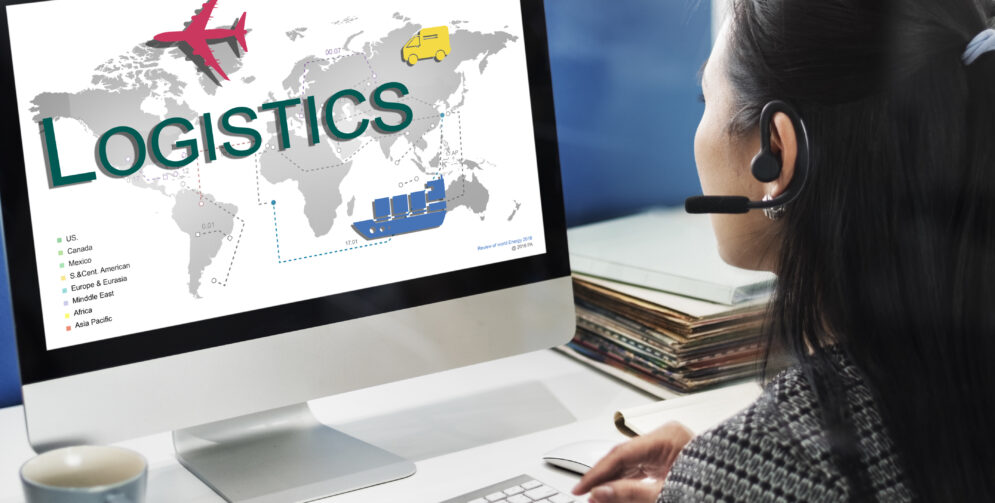
If you’re exporting from Gujarat is one of India’s leading export hubs—home to textile clusters in Surat, pharma companies in Ahmedabad, engineering units in Rajkot, and shipping gateways like Mundra and Pipavav. But while demand for Gujarat-made products is high, many SMEs still struggle with avoidable export mistakes. Whether you’re just starting out or already shipping overseas, these issues can cost you time, money, and trust.
In this article, we break down the top 5 export mistakes Gujarat SMEs make, why they happen, and how to prevent them—so your shipments move efficiently and your business scales confidently.
1. Incomplete or Incorrect Export Documentation
Why it happens:
Many small exporters rely on outdated formats or overlook the smallest mismatches in documentation. Some aren’t aware of the exact requirements based on the buyer’s country or Incoterms.
What can go wrong:
- Shipment held at port due to document errors
- Penalties from customs
- Buyers rejecting cargo due to compliance issues
Common mistakes:
- Mismatched HS codes
- Missing Certificate of Origin
- Incomplete commercial invoice
- Lack of proper packaging list or weight details
How to avoid it:
- Cross-verify document templates with customs agents
- Use digital documentation tools that auto-validate entries
- Stay updated with DGFT guidelines for Gujarat
- Train your team or outsource to a documentation expert
Real Example: An exporter in Ahmedabad lost a Japanese client because the invoice mentioned “cotton cloth” while the buyer expected “cotton blend fabric (HS 5209)”.
2. Misunderstanding Duties, Taxes & Incoterms
Why it happens:
SMEs often quote prices without understanding what’s included—freight, insurance, or duties. Many don’t grasp the financial implications of choosing FOB vs. CIF or EXW vs. DDP.
What can go wrong:
- Surprise costs at destination
- Lower profit margins
- Buyer complaints and disputes
How to avoid it:
- Understand Incoterms 2020 and choose based on cargo type & region
- Always calculate landed cost (product + freight + insurance + duties)
- Discuss and agree with buyers on who pays for what
- Use online duty calculators (like ICEGATE, Exim portal)
Quick Tip: Always clarify whether your price quote includes marine insurance, terminal handling charges (THC), and delivery costs to port.
3. Poor Export Packaging & Labelling
Why it happens:
To cut costs, some exporters use domestic-grade packaging for international shipments. Others ignore international labeling standards.
What can go wrong:
- Cargo damage in transit
- Goods rejected by customs at destination
- Claim denials from insurance
Common packaging errors:
- Weak cartons, poor cushioning
- No moisture protection for sea shipments
- Missing labels for fragile or hazardous goods
- Incorrect pallet dimensions
How to avoid it:
- Use export-grade boxes, stretch film, desiccants, and edge protectors
- Label contents in English and as per the buyer country’s format
- Match pallet sizes to container type (avoid overhang)
- For refrigerated/perishable cargo, coordinate cold-chain packaging
Did you know? Some EU ports reject non-eco-friendly packaging or missing recycling symbols.
4. Choosing the Wrong Freight Mode (FCL vs. LCL vs. Air)
Why it happens:
New exporters often book Full Container Load (FCL) to feel “safe,” even when they don’t have enough cargo. Others choose air freight thinking it’s always faster.
What can go wrong:
- Paying for empty container space
- Delays due to poor consolidation planning
- Missing delivery windows
Freight options at a glance:
| Option | When to Use | Pros | Cons |
| FCL (Full Container) | Large volume | Secure, cheaper per unit | Costly if space unused |
| LCL (Less than Container) | Small loads | Cost-effective, flexible | Slightly longer time |
| Air Freight | Urgent, lightweight | Fast delivery | Expensive |
How to avoid it:
- Estimate cargo volume before deciding (CBM calculator)
- Work with a freight forwarder who offers both FCL and LCL
- Compare sailing schedules and transit time
- Plan buffer time for peak seasons or port congestion
Pro Tip: For 5–10 CBM of cargo, LCL from Mundra or Nhava Sheva is usually cheaper than FCL or air.
5. Skipping Cargo Insurance
Why it happens:
Exporters sometimes believe cargo will “probably be safe” or that it’s covered by the carrier. In reality, most freight companies have limited liability.
What can go wrong:
- No claim if goods are damaged
- Delays in receiving insurance money
- Full value loss for high-ticket items
How to avoid it:
- Always ask if freight charges include insurance
- Choose marine cargo insurance based on cargo type and region
- Clarify the difference between ICC(A), ICC(B), and ICC(C) coverage levels
- Document damages immediately at destination if issues arise
Important: Even if the buyer arranges insurance, you may still be liable if packaging was inadequate.
Final Thoughts: Avoid Errors, Ship Smart
Exporting from Gujarat can open doors to international growth—but not if you lose money on avoidable mistakes. By focusing on documentation, freight planning, and packaging, SMEs can ensure their products reach customers safely, quickly, and profitably.
Staying informed is the first step. If you need expert support in navigating export logistics from Gujarat’s key ports, you can always explore service providers like Westwind India, who assist SMEs with documentation, customs clearance, consolidation, and insured freight solutions.
